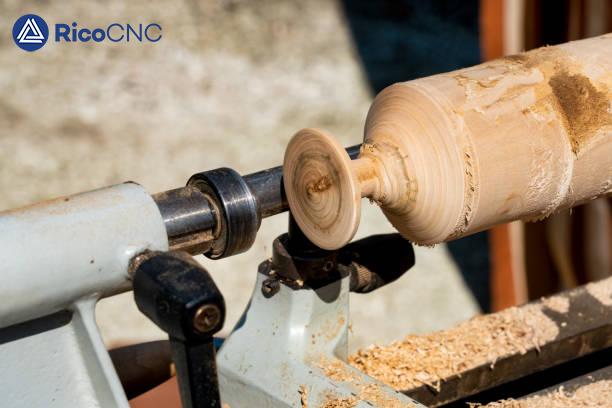
In the world of modern manufacturing, CNC lathe cutting tools are among the most important instruments that machinists use to transform raw materials into precisely engineered parts. These tools work within CNC (Computer Numerical Control) lathes to execute a range of machining operations—shaping, cutting, boring, and refining the workpiece to exact specifications. But what exactly are CNC lathe cutting tools, and how do they contribute to the overall efficiency of machining? In this detailed exploration, we will dive into different types of CNC lathe cutting tools, their specific applications, and the key considerations when selecting the right tools for various tasks.
CNC lathe cutting tools are specialized implements used in lathe machines to perform various machining operations. The tool’s purpose is to remove unwanted material from a rotating workpiece, resulting in a refined product with the desired shape and surface finish. CNC cutting tools operate under programmed control, ensuring consistent precision and repeatability.
· Primary Functions: CNC cutting tools are used for turning, facing, threading, parting, boring, and knurling. Each of these operations requires a specific type of tool with unique geometry and properties.
· Materials of Cutting Tools: The materials from which these tools are made significantly impact their performance. The most common materials are high-speed steel (HSS), carbide, cubic boron nitride (CBN), and diamond. Each material has its own set of strengths and weaknesses, which makes it suitable for different tasks.
· Geometry and Cutting Angles: The tool’s rake angle, relief angle, and cutting edge angle all play critical roles in determining the efficiency and quality of the machining process.
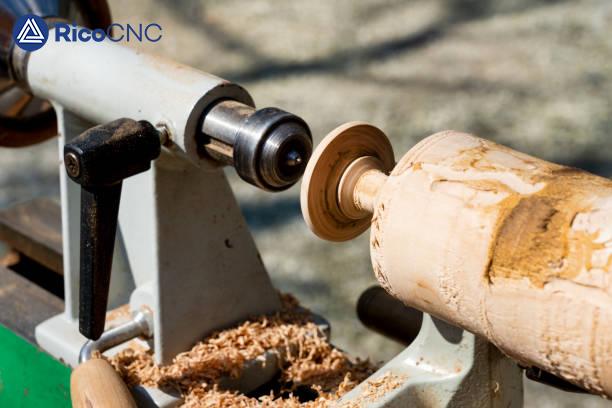
Turning tools are essential for removing material from the outer diameter of a workpiece. They are commonly used to shape cylindrical parts by cutting away material to reach a desired dimension.
· Roughing vs. Finishing Turning Tools: Roughing turning tools are designed to remove large quantities of material quickly. They have a strong, blunt cutting edge to handle high forces. On the other hand, finishing turning tools are used for more precise work, providing a smooth and accurate finish.
· Tool Materials: Turning tools are often made from carbide or high-speed steel (HSS). Carbide tools are known for their toughness and heat resistance, making them suitable for high-speed applications.
· Application: Turning tools can be used for different operations such as external turning, taper turning, and profile turning.
Facing tools are used for creating a flat surface perpendicular to the workpiece's axis. Facing is one of the most basic lathe operations and is crucial for preparing the ends of the workpiece for subsequent machining steps.
· Geometry and Cutting Edge: The cutting edge of facing tools is usually positioned at a right angle to the workpiece to create an even surface.
· Applications: Facing is typically the first operation carried out on a workpiece. It helps set a reference surface for subsequent steps, ensuring consistency throughout the machining process.
Boring tools are used to enlarge holes or existing cavities within the workpiece. Boring is a precision operation that demands a high level of accuracy to achieve the correct diameter and finish.
· Types of Boring Tools: There are several types of boring tools depending on the type of operation—fine boring, rough boring, and precision boring.
· Material Composition: Boring tools are usually made of carbide due to their resistance to wear and the precision required in boring operations.
· Application: Boring operations are performed to ensure the dimensions and tolerances of the internal surfaces are met to perfection.
Parting tools, also known as cut-off tools, are used to separate a portion of the workpiece by cutting it off. They have a narrow cutting edge to reduce material waste during the cutting process.
· Tool Design: Parting tools are thin, which helps minimize the amount of material removed during the operation, thus preventing excess waste.
· Applications: They are used to create deep grooves or to completely cut off a portion of the workpiece, commonly at the end of a turning operation.
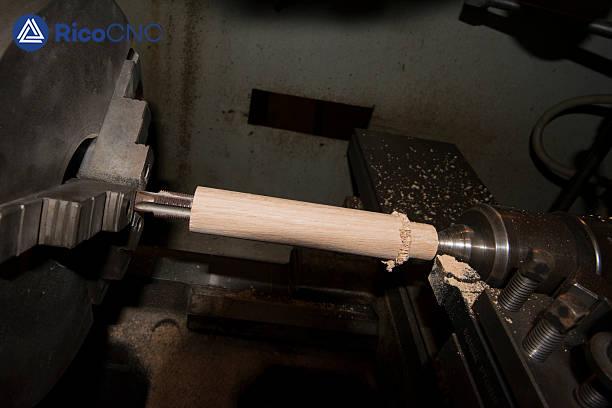
Threading is the process of creating a helical groove on the workpiece. Threading tools can create both external and internal threads, depending on the application.
· Types of Threads: Tools can be used to cut metric threads, unified threads, or specialty threads like ACME or buttress threads.
· Tool Geometry: The geometry of threading tools must match the thread profile, with precise cutting edges to ensure clean, even threading.
· Materials: Threading tools are commonly made from HSS or carbide to maintain sharpness through the threading process.
Threading tools are crucial in ensuring proper fit and function of machined components, making them essential for manufacturing fasteners and threaded fittings.
The geometry of a cutting tool determines its effectiveness and efficiency in removing material. Key angles that influence performance include:
The rake angle impacts the cutting forces and the ease with which material is removed. A positive rake angle is used for softer materials, while a negative rake angle increases the strength of the cutting edge for tougher materials.
The relief angle prevents the tool from rubbing against the workpiece. By providing clearance, it helps reduce friction, improving the surface finish and extending tool life.
The cutting edge angle affects the chip flow direction and the distribution of cutting forces. Proper selection of the cutting edge angle can significantly reduce tool wear and enhance the quality of the final product.
Understanding these angles and optimizing them for the material being worked on will improve both the quality of the surface finish and the lifespan of the tool.
The performance of a cutting tool is largely influenced by the material used to manufacture it. Below are some commonly used materials for CNC lathe tools:
· High-Speed Steel (HSS): Offers good toughness and is relatively affordable, making it suitable for general-purpose machining.
· Carbide: Provides superior hardness and wear resistance, ideal for high-speed operations on tough materials like stainless steel.
· Cubic Boron Nitride (CBN): Known for its extreme hardness, CBN tools are used for machining hardened materials.
· Diamond: Diamond-tipped tools are the hardest and provide an excellent finish, commonly used in precision applications like finishing aluminum and brass.
Choosing the right CNC lathe cutting tool can be challenging given the wide range of options. Here are some practical tips to help you make the right choice:
1. Consider Material Compatibility: The type of material you are machining will largely determine the appropriate cutting tool. Use HSS for softer materials and carbide for tougher applications.
2. Select the Right Geometry: Choose a tool with the correct rake and relief angles for your specific application. The right geometry will reduce cutting forces and minimize tool wear.
3. Opt for Coated Tools: Tools coated with titanium nitride (TiN) or cubic boron nitride (CBN) offer better wear resistance and extended tool life, which is beneficial for high-speed operations.
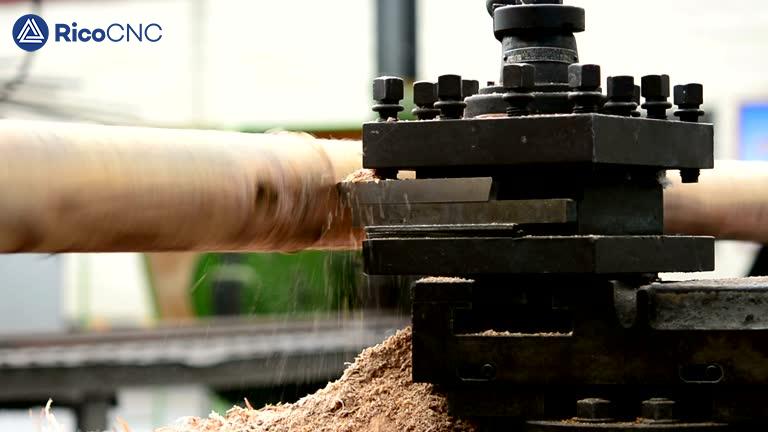
CNC lathe cutting tools are used to remove material from a workpiece to achieve the desired shape and surface finish. They perform various operations such as turning, boring, facing, and threading.
CNC lathe cutting tools are made from materials such as high-speed steel (HSS), carbide, cubic boron nitride (CBN), and diamond. Each material offers different advantages in terms of hardness, wear resistance, and cost.
Consider factors like workpiece material, type of operation, cutting speed, and desired surface finish. Choosing the right cutting tool ensures better performance and longevity.
The rake angle influences how easily material is cut, while the relief angle prevents the tool from rubbing against the workpiece. Both angles are crucial for efficient cutting and tool longevity.
CNC lathe cutting tools are pivotal in the world of precision manufacturing. With various types available—such as turning tools, facing tools, boring tools, and threading tools—each is designed to perform specific operations that contribute to the quality of the final product. Understanding the material, geometry, and function of each tool helps machinists make informed decisions, ultimately leading to better machining results. By pairing the right cutting tools with appropriate CNC systems, operators can achieve enhanced productivity, efficiency, and precision in every project.
Explore our advanced solutions for CNC lathe operations, including servo drives, pneumatic systems, and proximity sensors that help make every machining process smoother and more efficient. Visit our product collection to learn more.
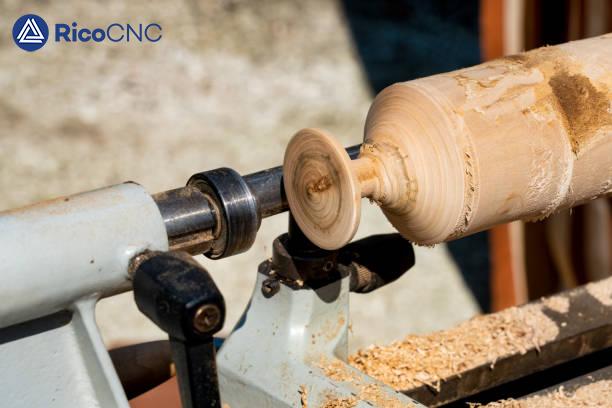
Contact: RicoCNC
Phone: 0086-13390848665
Tel: 0086-51268235075
Email: cncsale@ricocnc.com
Add: NO. 60, Weixin Road, Industrial Park, Suzhou, Jiangsu, China, 215000
 online service
online service 0086-15264185266
0086-15264185266 cncsale@ricocnc.com
cncsale@ricocnc.com